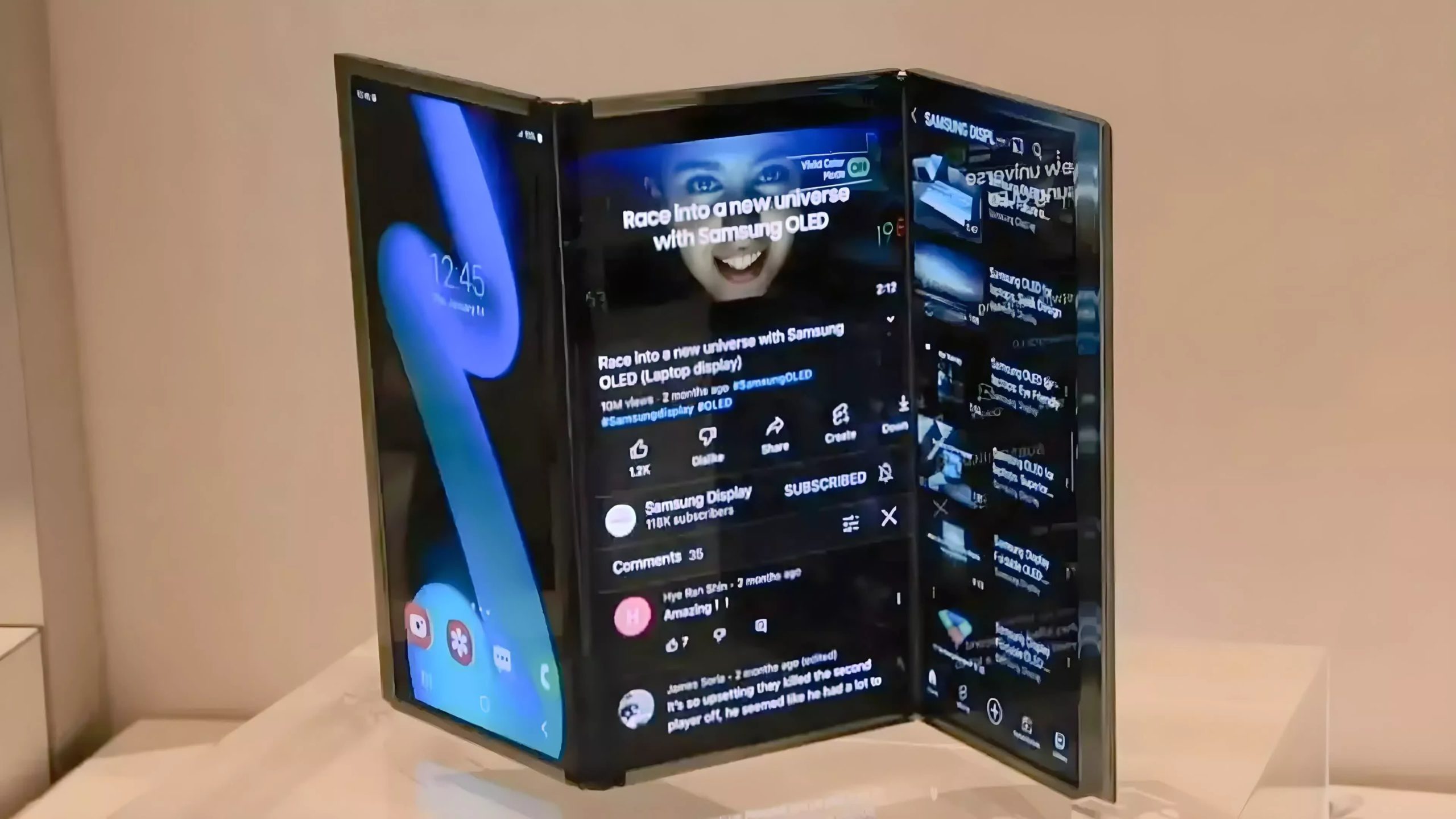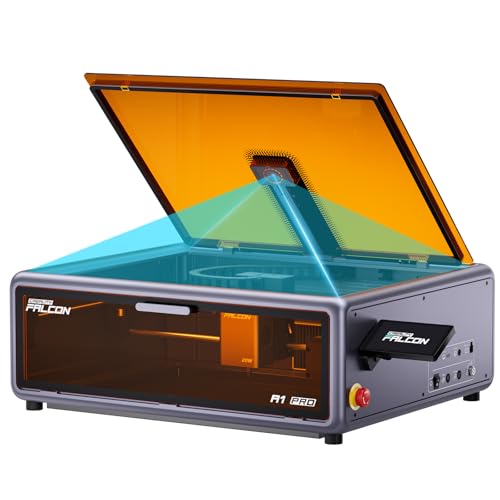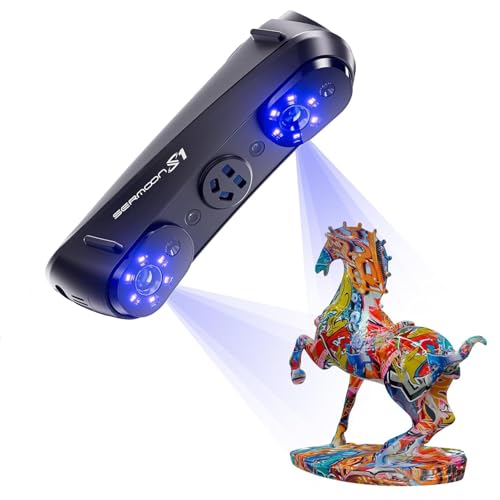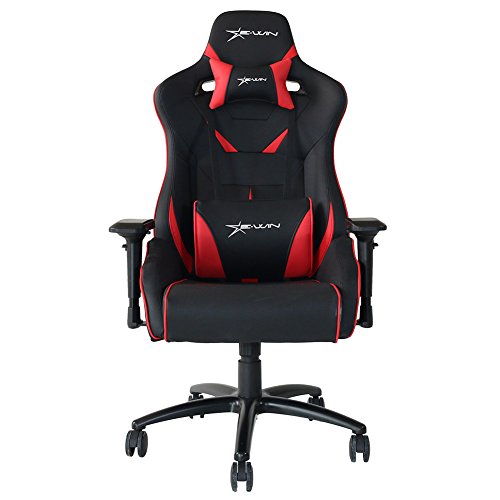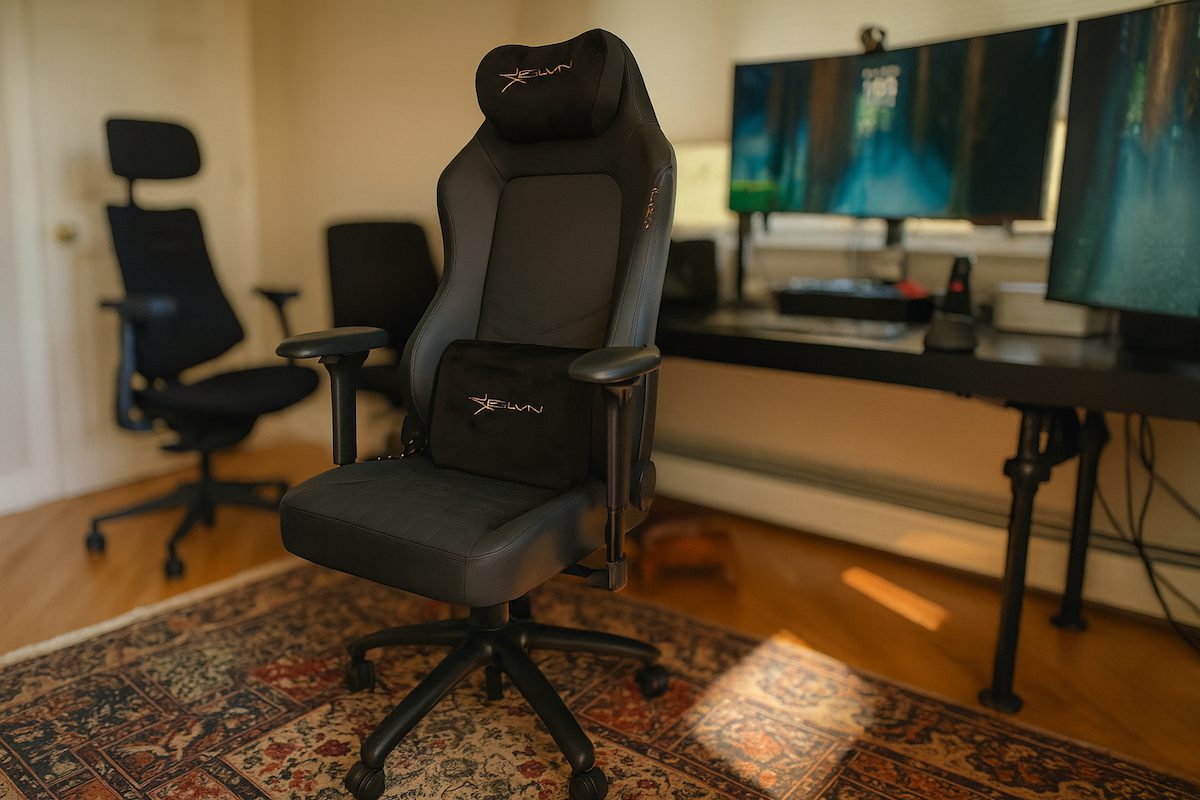Everyone knows the Mustang. Big deal. These 12 forgotten beasts could eat Shelbys for breakfast and still nobody remembers their names. Time to fix that. While you’re arguing about LS swaps on Reddit, these rides were breaking barriers and corporate executives’ hearts in equal measure. Some got buried by marketing disasters worthy of New Coke. Others fell victim to boardroom politics or timing worse than a TikTok trend. Ready to meet the underdogs that deserved main character energy?
12. 1967 Rambler Rebel SST (Exterior)

The SST package transformed the Rebel’s cabin from mundane to sporty. Bucket seats replaced the standard bench, with a proper center console housing the floor shifter. The dashboard was clean and functional, without unnecessary decoration.Quality materials and solid build construction made this feel more expensive than its price tag. AMC knew they couldn’t compete on flash, so they focused on substance. The interior aged well compared to flashier competitors.
1967 Rambler Rebel SST (Interior)

Understated styling was the Rebel’s secret weapon. No hood scoops, minimal badging, just clean proportions and tasteful trim. The SST package added subtle visual cues without screaming for attention.This was the automotive equivalent of a well-tailored suit—nothing flashy, everything correct. The design language was refreshingly honest compared to Detroit’s usual hyperbole. Sometimes the best disguise is no disguise at all.
11. 1959 Edsel Corsair (Exterior)

The space-age dashboard looked like something from a Marvel movie—if Tony Stark drove sedans. TeleTouch transmission buttons lived in the steering wheel hub, brilliant engineering when it worked. Push-button convenience was decades ahead of its time, like having an iPhone in 1995.Upholstery quality was genuinely impressive, with two-tone leather options and premium materials throughout. The wraparound windshield created an airy cabin feel. Everything screamed “future,” which scared conservative buyers harder than a Netflix price increase.
1959 Edsel Corsair (Interior)

That vertical grille was automotive Marmite—you loved it or hated it. The boomerang taillights were equally polarizing but undeniably distinctive. Chrome trim was applied with typical 1950s excess, but the overall design was surprisingly cohesive.The proportions worked better than critics admitted. Long wheelbase and low stance gave it presence. Modern eyes appreciate the bold design language that killed it originally. Sometimes being right too early is worse than being wrong.
10. 1974 Buick Apollo GSX (Exterior)

The cabin was typical mid-1970s GM—functional but uninspiring, like a Windows 95 interface. Vinyl upholstery dominated, with minimal luxury touches. The dashboard was clean and straightforward, focusing on essential controls without unnecessary complexity.Build quality was decent for the era, though plastic trim felt cheaper than Dollar Tree merchandise. The GSX package added special badging and trim pieces. This was muscle car minimalism born from economic necessity rather than design choice.
1974 Buick Apollo GSX (Interior)

GSX stripes and special wheels tried to inject excitement into conservative Apollo styling—like putting Supreme stickers on a Honda Civic. The package included a unique hood treatment and subtle body modifications. Everything screamed “trying too hard” in the best possible way.The proportions were pleasant if unremarkable—typical 1970s compact car design that aged like milk. Special paint options and graphics packages attempted to recapture muscle car magic. This was peak “fake it till you make it” energy.
9. 1971 Ford LTD Convertible (Exterior)

The cabin screamed luxury—power everything was standard equipment. Deep-pile carpeting, leather-appointed seating, and woodgrain trim created a living room atmosphere with best car accessories of the era integrated seamlessly.. Deep-pile carpeting, leather-appointed seating, and woodgrain trim created a living room atmosphere. The dashboard was thoughtfully laid out with easy-to-read gauges and logical control placement.Air conditioning was essential in this greenhouse convertible. When the top was down, the interior felt properly spacious and airy. This was American luxury done right, just before regulations killed the party forever.
1971 Ford LTD Convertible (Interior)

At 224 inches long, the LTD convertible was a rolling monument to American excess. The power-folding soft top operated seamlessly, creating clean lines whether up or down. Chrome bumpers and tasteful trim added elegance without gaudy excess.The proportions worked despite the massive size. Long hood, short deck styling was classic American GT. This represented the end of an era—the last time Ford would build a full-size luxury convertible.
8. 1957 DeSoto Adventurer (Exterior)

Gold-anodized trim dominated the cabin, creating a jewelry box atmosphere. Rich leather upholstery and deep-pile carpeting screamed luxury. The dashboard resembled an aircraft cockpit, with toggle switches and aircraft-inspired design elements.Push-button TorqueFlite controls lived on the dashboard, representing cutting-edge technology. Build quality was exceptional—Chrysler spared no expense on their flagship. This was automotive excess at its absolute peak, just before the industry sobered up.
1957 DeSoto Adventurer (Interior)

The Desoto Adventurer‘s styling was pure 1957 excess—fins, chrome, and attitude in equal measure. Gold anodized trim and matching wheels created a cohesive luxury theme. The proportions were dramatic without being cartoonish.Chrome was applied with typical Chrysler enthusiasm, but the overall design remained coherent. This was American automotive styling at its most confident and optimistic. Every line screamed “space age luxury,” which was exactly what buyers wanted in 1957.
7. 1969 Dodge Polara 500 Convertible (Exterior)

Leather upholstery and luxury appointments created a premium atmosphere. The dashboard was typical late-1960s Chrysler—functional but not particularly exciting. Bucket seats were available, along with a proper center console and floor shifter.The power convertible top mechanism was well-engineered and reliable. Interior space was generous, befitting a full-size car. This felt more like a luxury cruiser than a muscle car, which was exactly the point.
1969 Dodge Polara 500 Convertible (Interior)

Conservative styling hid the beast within. No aggressive hood scoops or flashy graphics—just clean, elegant lines and tasteful chrome trim. The convertible top created attractive proportions whether up or down.At nearly 220 inches long, this was serious boulevard cruiser territory. The design aged well compared to flashier contemporaries. Sometimes the best predators look like harmless prey until they strike.
6. 1968 AMC Ambassador SST (Exterior)

The Ambassador’s cabin prioritized comfort over sportiness. Soft, supportive seats and quality materials created a relaxed atmosphere. The dashboard was straightforward and well-organized, with clear gauges and logical control placement.Build quality was surprisingly good—AMC couldn’t compete on volume, so they focused on substance. Luxury options included air conditioning and power accessories. This felt like a proper executive sedan, not a muscle car masquerading as one.
1968 AMC Ambassador SST (Interior)

Conservative styling was the perfect disguise for the Ambassador’s performance potential. Clean lines and tasteful chrome trim created an understated elegance. No hood scoops or aggressive graphics hinted at the power beneath.The proportions were classic American sedan—long, low, and substantial. This was the automotive equivalent of a sleeper agent—completely harmless until activated. Sometimes the best weapon is the one nobody sees coming.
5. 1961 Mercury Comet (Exterior)

Step inside and you’ll find Mercury actually tried harder than your friend’s gaming setup. The Mercury Comet got more carpet and upscale trim than its Ford Falcon cousin. The dashboard was simple but well-appointed, with clear gauges and logical controls.Bucket seats were available in the sporty S-22 variant—like AirPods for cars, but actually functional. Standard bench seats offered decent comfort for the era. The interior felt more premium than the price tag suggested, classic Mercury positioning between Ford and Lincoln.
1961 Mercury Comet (Interior)

The Comet’s styling walked a fine line between conservative and distinctive. Mercury stretched the Falcon’s wheelbase and added unique front and rear treatments. The grille was more refined than Ford’s utilitarian approach.45-degree canted taillights gave it personality without going overboard. The proportions worked well—longer than a Falcon but not as bulky as full-size cars. Clean lines aged better than flashier competitors.
4. 1964 Studebaker Daytona (Exterior)

The Daytona’s cabin felt European compared to Detroit’s usual excess. Clean lines, minimal chrome, and quality materials throughout. Bucket seats were available, along with a floor-mounted shifter that felt properly sporty.The dashboard was refreshingly simple—just the essentials without unnecessary decoration. Build quality was surprisingly good considering Studebaker’s financial troubles. This felt like a car designed by enthusiasts for enthusiasts.
1964 Studebaker Daytona (Interior)

Subtle styling hid the Daytona’s supercharged secret. No hood scoops, minimal badges, just clean proportions and tasteful trim. Much like the 1964 Pontiac Banshee concept, the Daytona’s design language was refreshingly honest compared to Detroit’s usual hyperbole. The rear-engine Corvair looked radical; the Daytona looked timeless.European influence was obvious in the restrained design language. Sharp creases and minimal chrome created an understated elegance. This was the anti-muscle car muscle car—all substance, zero flash.
3. 1970 Chevrolet Kingswood Estate Wagon (Exterior)

Three rows of seating accommodated nine passengers in surprising comfort—basically a Tesla Model X but with actual character. The rear-facing jump seats were a hit with kids, turning road trips into entertainment. GM’s Comfort Ride suspension actually worked, smoothing out bumps.The dashboard was pure 1970s excess—woodgrain trim everywhere like a Spotify playlist of yacht rock. Air conditioning was optional but necessary in this greenhouse on wheels that made Range Rovers look compact.
1970 Chevrolet Kingswood Estate Wagon (Interior)

At 220+ inches long, the Kingswood made everything else look small. The faux wood grain paneling was peak 1970s styling—love it or hate it, you couldn’t ignore it. Chrome bumpers front and rear added even more visual weight.The proportions were actually well-balanced despite the massive size. Clean lines and tasteful trim kept it from looking like a shipping container. The Estate nameplate meant business—this was serious family hauling equipment.
2. 1965 Pontiac 2+2 (Exterior)

Luxury appointments separated the 2+2 from cheaper muscle cars. Leather upholstery, deep-pile carpeting, and woodgrain trim created an upscale atmosphere. The dashboard was well-organized with clear gauges and logical control placement.Bucket seats were properly supportive for spirited driving. The center console housed the Hurst shifter and various luxury touches. This was the businessman’s muscle car—fast enough to embarrass kids, classy enough for client meetings.
1965 Pontiac 2+2 (Interior)

Full-size proportions gave the 2+2 serious road presence. The styling was muscular without being cartoonish—clean lines and restrained trim work. Subtle badges and minimal decoration let the performance speak for itself.The long hood and short deck profile screamed American GT. Chrome was applied judiciously, creating elegance rather than flash. This looked like what a grown-up muscle car should be—powerful, refined, and confident.
1. 1955 Hudson Hornet V8 (Exterior)

Gone was the Hornet‘s famous “step-down” design, replaced by conventional styling. The padded dashboard was luxurious for 1955, with two-tone upholstery and quality materials throughout. Comfort became the priority over the racing heritage.The wraparound windshield provided excellent visibility. Seats were supportive and well-cushioned for long-distance cruising. Everything felt substantial and well-built, even if it lacked the sporting character of earlier Hornets.
1955 Hudson Hornet V8 (Interior)

The V8 Hornet looked more conventional than its innovative predecessors. Gone were the distinctive low-slung proportions that defined Hudson’s identity. What remained was attractive but generic—like every other mid-1950s sedan.Chrome trim was tastefully applied without going overboard. The proportions were pleasant but unremarkable. This was Hudson playing it safe, which ultimately doomed the brand. Sometimes distinctive ugliness beats bland beauty.








